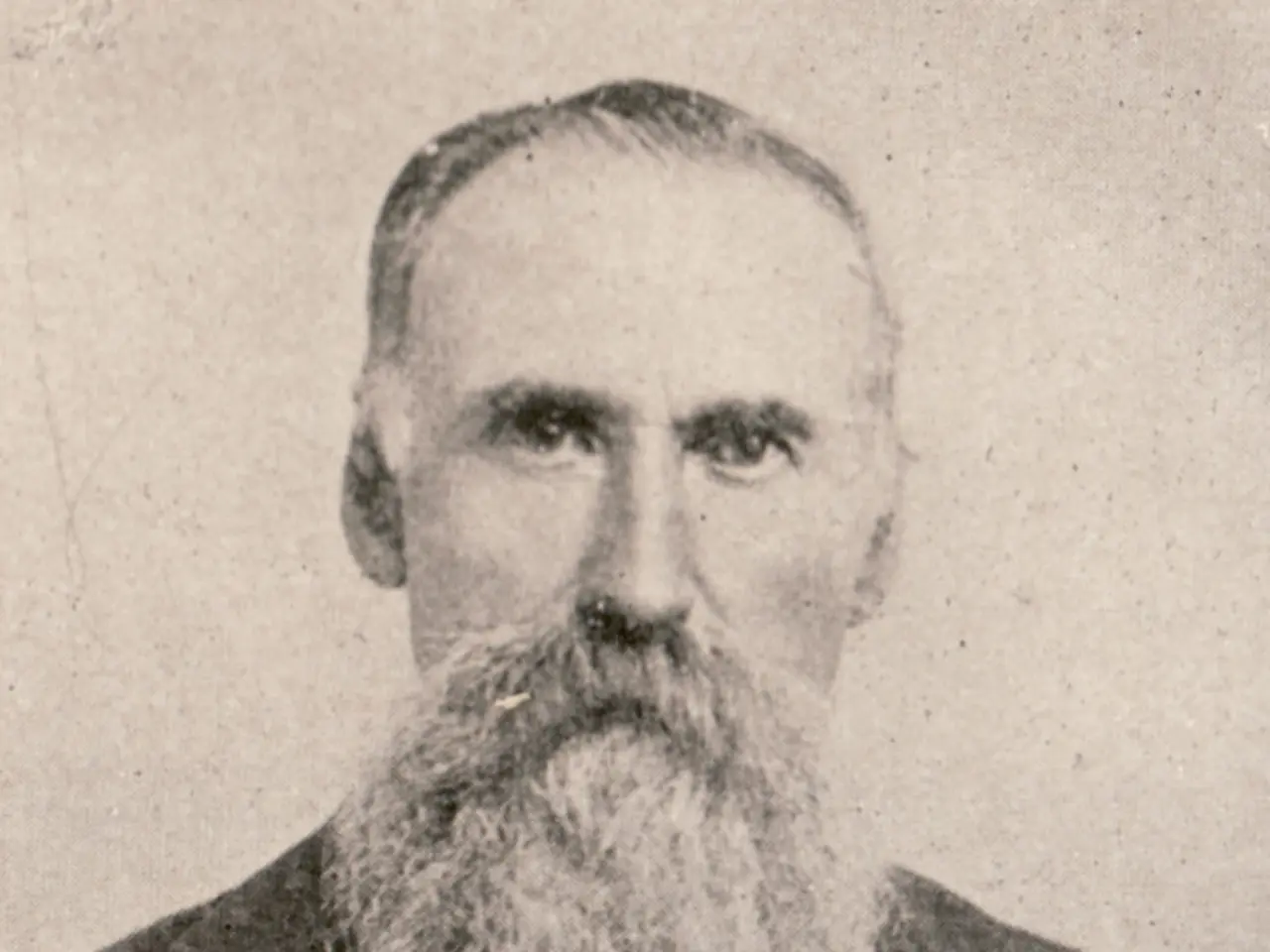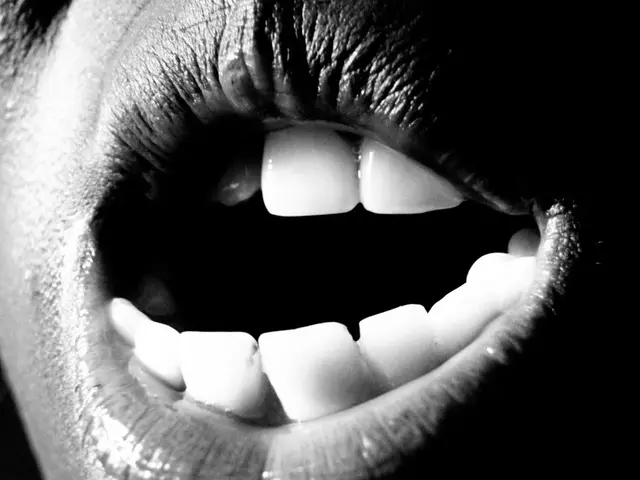Vacant Areas in Facial Hair: Understanding the Roots and Solutions for Patchy Growth
In the realm of men's grooming, bald spots in beards can be a cause for concern. This article aims to shed light on the common causes, treatments, and preventive measures for such issues.
Firstly, it's important to understand that bald patches in beards can stem from various origins. Three primary culprits are alopecia barbae (a form of alopecia areata), ringworm (a fungal infection), and low testosterone levels or hormonal imbalances.
Alopecia Barbae is an autoimmune condition that attacks hair follicles in the beard, resulting in patchy bald spots. Genetic factors, stress, and other autoimmune diseases may play a role in its development. Treatment options typically focus on reducing inflammation and stimulating hair regrowth, and may include corticosteroids (topical, injectable, or oral), topical or oral minoxidil, topical immunotherapy, and newer options like JAK inhibitors. In severe cases, surgical hair transplants might be considered.
Ringworm of the beard (Tinea barbae) is a contagious fungal infection that causes round, scaly, red patches of hair loss in the beard area. Proper diagnosis and timely antifungal treatment are crucial to prevent spread and permanent hair follicle damage. Treatment involves antifungal medications (oral and/or topical).
Low testosterone levels or hormonal imbalances can indirectly affect beard growth by altering hair follicle health. Treatment involves addressing testosterone deficiency or excess DHT through hormone therapy or medications, but needs careful medical supervision.
For general treatment of bald spots in beards, minoxidil (topical) is widely used off-label to stimulate beard hair regrowth by increasing blood flow to follicles. However, it does not provide permanent results, and stopping minoxidil often leads to resumption of hair loss.
Other treatments include corticosteroids for reducing inflammation in alopecia barbae, antifungals for fungal infections like ringworm, and hormone therapy or medical management if low testosterone or hormonal imbalance is identified as a cause.
Preventive measures include maintaining a healthy diet, letting your beard grow for at least three months, and daily combing with a beard brush or comb to help train your beard hair to grow in a similar direction.
Remember, correct diagnosis is essential—alopecia barbae (autoimmune), ringworm (fungal), and hormonal factors require different treatments. Dermatologists can guide targeted therapy ranging from topical minoxidil, corticosteroids, antifungals, to hormone management depending on the underlying cause.
If you suspect you have alopecia or a fungal infection like ringworm, consult a doctor immediately, as several treatments are available. If the ringworm infection persists for more than two to four weeks, seek immediate medical help.
Chemotherapy, a cancer treatment, can lead to hair loss in various parts of the body, including the beard. In such cases, it's essential to discuss treatment options with your oncologist.
In conclusion, understanding the causes and treatments for bald spots in beards can help men maintain their desired appearance and boost their confidence. With the right knowledge and professional guidance, bald spots can be effectively addressed and prevented.








